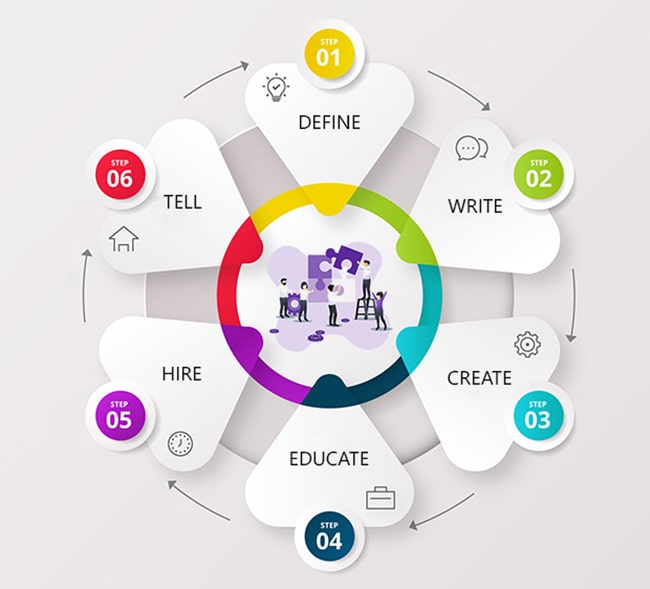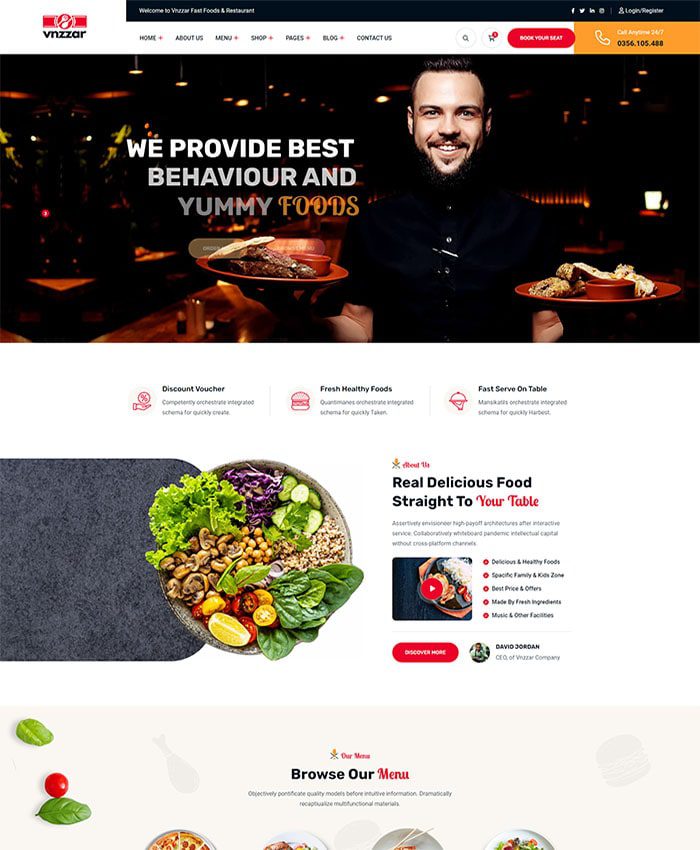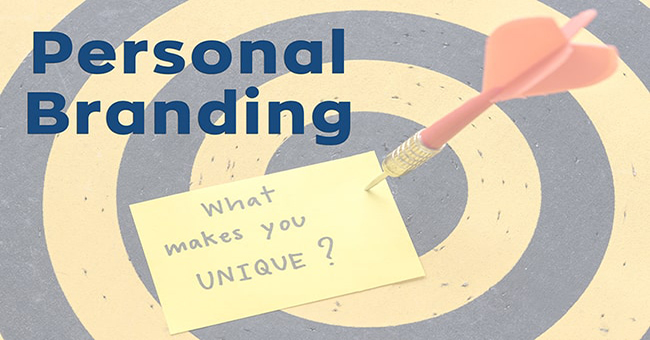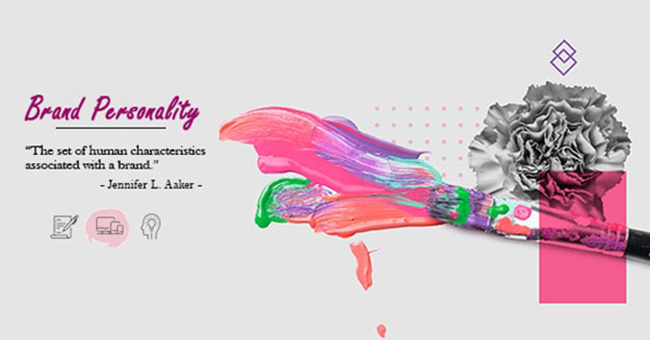For every business, regardless of size, there needs to be consistency between brand and culture. Only then can a solid foundation be created for a long-term successful business model. “Culture” and “Brand” are two separate concepts, but when combined, they are the driving force to promote each other. So what is brand culture? Let’s find out why brand culture is considered a key factor in creating business success.
1. What is brand culture?
Brand culture is the culture that a company or organization builds to bring its brand to the market in a strong, consistent and competitive way. It is how people work together to make the brand come alive for customers. However, brand culture is not only a manifestation of the brand itself, but also of the people who work for the brand, including the decisions, ways of working and the way they behave in their business.
A good brand culture means that everyone is aligned with the values and purposes that drive the brand. Instead of just considering the brand as a public image and only showing it to customers. Businesses need to build it from the inside out. This means that the people who contribute to building the business are also the “representatives” of the brand.
2. The Importance of Brand Culture for Businesses
Businesses with a balanced and effective brand culture will:
- Attract like-minded people whether they are potential employees or potential customers.
- Develop a good, professional working environment, creating motivation to promote people’s passion, and strive to dedicate themselves to the business.
- Have great brand ambassadors who are always ready to raise awareness awareness of the business’s brand.
- Build a trustworthy brand that truly represents what the business believes in.
2.1 Brand culture and customers

In the digital age with its rapid development, it requires brands to be more transparent. Users can learn and share information about your business at lightning speed. If a business declares its brand values but when conducting business, it goes against those values. It will be quickly known by consumers. Those things can cause great damage to a brand’s reputation.
Customers use brands as a way to express themselves. The brands chosen will be closely associated with consumers’ self-awareness. They always expect brands to be honest and keep their promises.
Therefore, customers are part of the brand culture. There is no difference between the outside and inside image of the business. Consumers want businesses to tell stories to connect and commit sincerely.
2.2 Brand culture and internal business
A well-developed brand culture is extremely beneficial to the business. If all employees believe in the same values and strive to achieve the same goals. Building a strong brand will naturally achieve success.
A team of employees who monitor and understand the brand message will always have more motivation to help the business achieve success. Thanks to that, the business can foster an environment that effectively communicates its brand to the outside. From there, aspects such as customer service, brand strategy and brand tactics are easily addressed.
Not only that, when businesses can share common values and goals, creating a consistent brand experience for customers is no longer too difficult.
3. 6 steps to build an “unbreakable” brand culture
Creating a brand culture is not easy. It involves a lot of different work over a long period of time, so it requires businesses to have enough patience to create a brand culture that can withstand all the challenges of time, especially in today’s ever-changing business market.

Here are the 6 steps to build the most solid brand culture that your business can refer to:
Step 1: Define – Define (Your brand you)
A brand is one of a business’s most valuable assets. A strong sense of brand makes employees feel proud. It also creates a strong presence in the eyes of both employees and potential customers.
A brand is what you stand for and what you can offer to consumers. For a brand to be successful, it must be unique. What makes your business special? What sets you apart from your competitors. Identify and own these issues.
Step 2: Write (Your Mission, Vision, and Values)
Once you have identified your brand, write down your mission, vision, and values. They should be consistent with your brand and become the things your employees will work towards. Businesses that develop these values will enjoy customer and employee satisfaction and increase revenue.
Note, the value of the business must be committed to achieve the highest efficiency.
Step 3: Create – Create (Identify your brand)

With your brand, mission, vision and values, your business will create a brand identity. This is how your business is introduced to the public. It is a visual statement (color scheme, design, slogan, etc.) that represents your products/services, employees and overall philosophy of the business.
A brand identity must clearly and accurately describe everything that has been created before, including your brand mission, vision and values.
Step 4: Educate (Your Employees)
An employee’s personality and characteristics have a huge impact on the brand culture. Employees are the biggest advocates for the brand. Building a vibrant culture will motivate employees to develop and personify the brand in a positive way.
Therefore, each employee needs to be educated, as well as fully understand the mission, vision and values of the business. They must not only memorize but also understand why this exists and what it means to the business, employees and the public. To truly build the brand culture you want, these values must be ingrained in every employee and reflected in their daily work.
Step 5: Hire (Best-Fit Leads)

In addition to these In addition to existing employees, businesses also need to recruit new employees who fit the brand culture. Sharing corporate values is important to building a genuine brand. Does your business value cross-departmental collaboration? Does your business have a brand culture where encouragement and recognition are the driving forces?
Recruiting top talent also contributes to employee retention, increased revenue and productivity. According to research from Columbia University, is employee job satisfaction directly affected by satisfaction with workplace culture?
Step 6: Tell (Your Story)
Once the business has identified its brand, brand identity and the right employees. Now is the time to introduce the brand and brand culture to the public. What is the best way to do this? Tell a story.
A compelling story will attract customers and evoke their emotions. Without a brand story, how can a business attract customers’ attention or influence customers when they are considering whether to buy your product/service?
Tell a story with everything you have built, a story that attracts and convinces consumers that they cannot live without your product/service.
Brand culture is directly reflected in the products/services that the business provides as well as the way the business interacts with customers. Therefore, building a brand culture also requires a detailed and appropriate strategy. To build a sustainable brand culture, contact Adsmo for the best support.
See more:
ADSMO – INFORMATION TECHNOLOGY & MARKETING solution, providing customized Enterprise Software solutions, consulting on building digital platforms with the mission:
TOTAL solution, BREAKTHROUGH development – Optimizing COSTS – Increasing PROFITS. We are committed to providing you with:
- Management solutions tailored to your business needs.
- Easy-to-use and efficient systems.
- Professional customer support services.
Contact ADSMO now for a free consultation:
- Address:8th Floor, HD Tower Building – 22 Pho Moi – Thuy Nguyen Ward – City. Hai Phong
- Website: https://adsmo.vn
- Email: info@adsmo.vn
- Hotline: 0356 105 388














